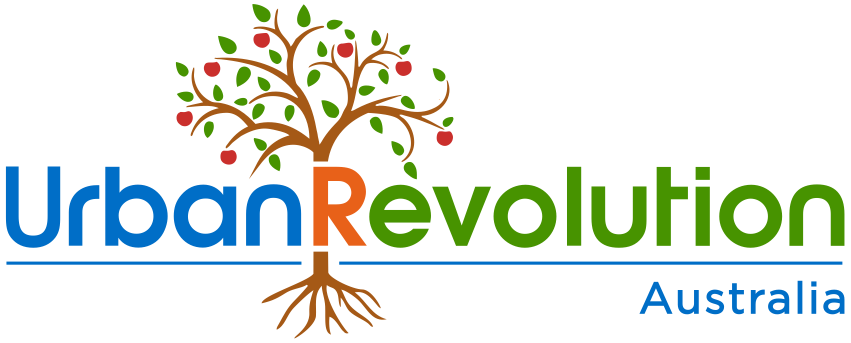Sanitary products are the fifth most common item found littering Europe's beaches, more widespread than single-use coffee cups, cutlery or straws. It is impossible to know how these items find their way onto beaches, but it is likely a mix of slipping through sewage filters, floating ocean debris and wind distribution.
Marine plastic debris (MPD) is a problem that is poorly understood and growing exponentially. The world’s oceans are teeming with a myriad of different shapes, sizes, and types of plastic such as microplastics which are causing harm to marine life and may pose a risk to human health, as toxic chemicals ingested by aquatic biota progress up the food chain. Globally, approximately one third of marine turtles have likely ingested debris, and this has increased since plastic production began in the 1950s. Around the world, nearly half of all seabird species are likely to ingest debris.
Did you know? Approximately 50% of women admit to flushing disposable sanitary products down the toilet. The mantra to remember before flushing is only pee, poo and paper!
How much plastic is in disposable period products?

Getting a handle on how much plastic waste comes from disposable menstrual products is tough, in part because it’s labelled as medical waste and does not need to be tracked.
The first disposable sanitary pads launched in the 1920s were actually made with Cellucotton, a hyper-absorbent plant-based material that had been developed during World War I for use as medical bandaging. Nurses started to repurpose the material for menstrual pads, and the practice stuck. Today tampons come wrapped in plastic, encased in plastic applicators, with plastic strings dangling from one end, and many even include a thin layer of plastic in the absorbent part. Disposable plastic tampon applicators are causing so much concern they are banned in some European countries.
Disposable pads generally incorporate even more plastic, including the synthetics that soak up fluid, and of course the packaging. They use thin, flexible, leak-proof polypropylene or polyethylene as the base. Manufacturers weave thin polyester fibres into the soft part of the pad to wick fluid away into the absorbent core.
The problem with plastic
The manufacturing processes for both pads and tampons cause damage to the environment too, through the use of toxins, and pesticides to produce cotton. Cotton growers use some of the world's most hazardous pesticides, which have been linked to infertility, neurological dysfunction and developmental defects. Period products can contain dioxins from bleach (dioxins are carcinogens, hormone disruptors, linked to endometriosis and can affect the body at very low levels), and neuro-toxic or hormone disrupting synthetic fragrances. It is well known that the vaginal ecosystem is more sensitive and more absorbent than typical skin, putting women at significant risk.
Energy intensive manufacture of LDPE also produces devastating fossil fuel emissions.
1.9 billion women globally are of menstruating age, spending on average 65 days a year dealing with menstrual blood flow. Over the course of a lifetime, a single menstruator will use somewhere between 5000 and 15000 pads and tampons, the vast majority of which will wind up in landfill as plastic waste. Single-use products are regularly selected by agencies for resource-poor settings; the menstrual cup is a less known alternative.
What are the best sustainable menstrual care products?

Menstrual cupsare made of medical-grade silicone, rubber, latex, or elastomer, and can last up to 10 years. Research shows that familiarisation over several menstrual cycles improves outcomes with menstrual cup use, and in fact incidence of leakage is less than with disposable sanitary products. There are many different techniques for inserting and opening menstrual cups depending on personal preference.

Reusable cloth sanitary pads made from organic cotton are a great alternative to disposable sanitary pads. Made from a series of unbleached cotton layers, they are supremely soft and highly absorbent. A modern take on the old fashioned method of period care, reusable cloth sanitary pads are better for the Earth and better for your skin.
Little research has been done to quantify the environmental impact of menstrual cups vs disposable sanitary products, but there are suggestions that menstrual cups could produce less than 1% of the plastic waste of disposable products over the lifetime of their use. Further studies are needed on cost-effectiveness and environmental impact comparing different menstrual products to influence policymakers.
Which sustainable menstrual care products do you use?
References
Menstrual cup use, leakage, acceptability, safety, and availability: a systematic review and meta-analysis. Anna Maria van Eijk et al: The Lancet (2019)
A Question for Women's Health: Chemicals in Feminine Hygiene Products and Personal Lubricants. Wendee Nicole: Environ Health Prospect (2014) Mar; 122(3): A70–A75
CSIRO Factsheet: Marine debris






Leave a comment (all fields required)